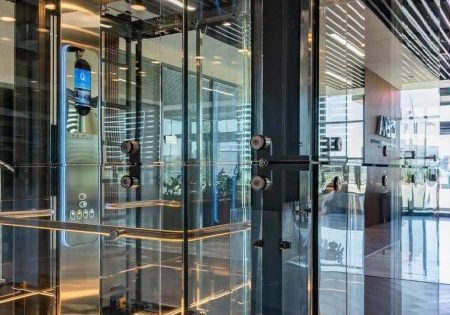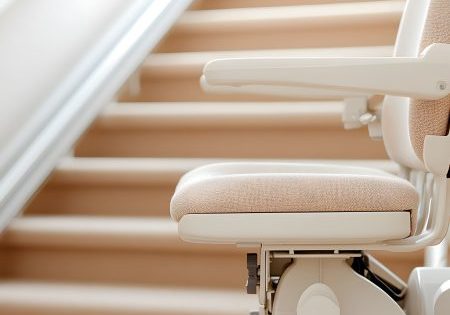Andover, U.K.-headquartered home accessibility company celebrates long-standing legacy and new generations.
As a member of the sixth generation of the Stannah family — which has been involved in the lift industry in some capacity since 1867 — Sam Stannah has accessibility in his blood. And in a family of accessibility experts, he took a leap and introduced a new business and product line to the company, which, in its first year of availability, is already exceeding expectations, with the potential to impact Stannah’s business for generations to come.
Joseph Stannah began the company in London. As an engineer, he was making cranes and hoists for the burgeoning trade on the River Thames in London. The company stayed small for a while, moving into producing lifts by the turn of the 20th century.
During World War II, its physical presence was destroyed, reducing it to just a brand name. Following the war, Leslie Stannah, the third-generation Stannah family owner, rebuilt the business. Then, in 1975, Brian and Alan Stannah, fourth-generation stewards, saw a gap in the market as people were asking about having elevators in their homes as they aged. Brian went to the Netherlands and bought the designs for a concept called the stairlift, while Alan developed the manufacture of the product ready for introduction to the U.K. market. According to Sam, this is when the company’s growth really took off:
“We went from being a relatively small-sized company, and then we grew over the next 50 years to where we are today, which is a multinational business selling across 40 countries. We have almost 2,500 employees around the world, and we have close to a half a billion U.S. dollars in turnover.”
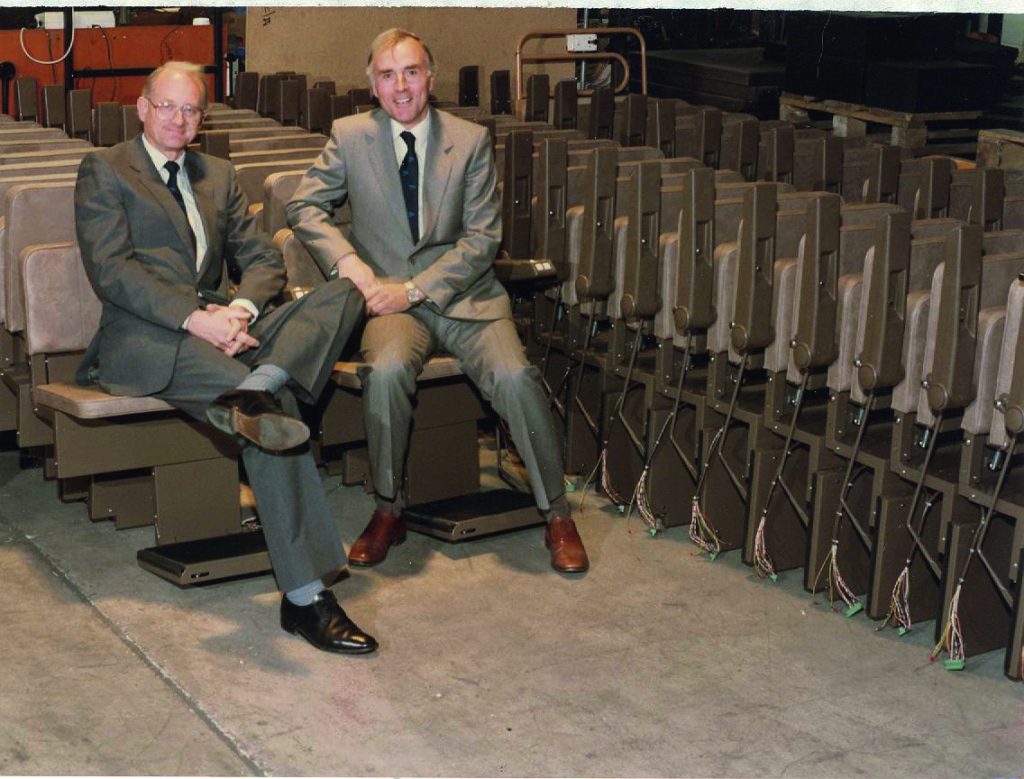
Stannah is known around the world for its stairlifts. Easy to install and relatively low cost, they provide an alternative option for those who may not need or have space for a home or residential elevator. These unassuming devices bring independence and confidence back to tens of thousands of people struggling with their mobility each year. Since the launch in 1975, the firm has sold more than 1 million units.
Coming into this legacy in 2020, Sam knew he wanted to make his own mark into the next generation and knew he wanted to “move past stairlifts but stay in our global niche of in-home accessibility.” With this in mind, he and Uplifts’ Head of Product Alex Wilson designed Uplifts by Stannah. Uplifts offer a range of through-the-floor home lifts that don’t require a lift shaft, and many of the pieces can be customized to match the home’s features. The Uplifts homelifts require minimal installation: One just needs an aperture, and the unit can be plugged into a regular wall outlet if desired. The make-to-stock product is currently offered in two sizes: the Uplifts S2 for one or two people; and the Uplifts S3 for three people or a wheelchair.
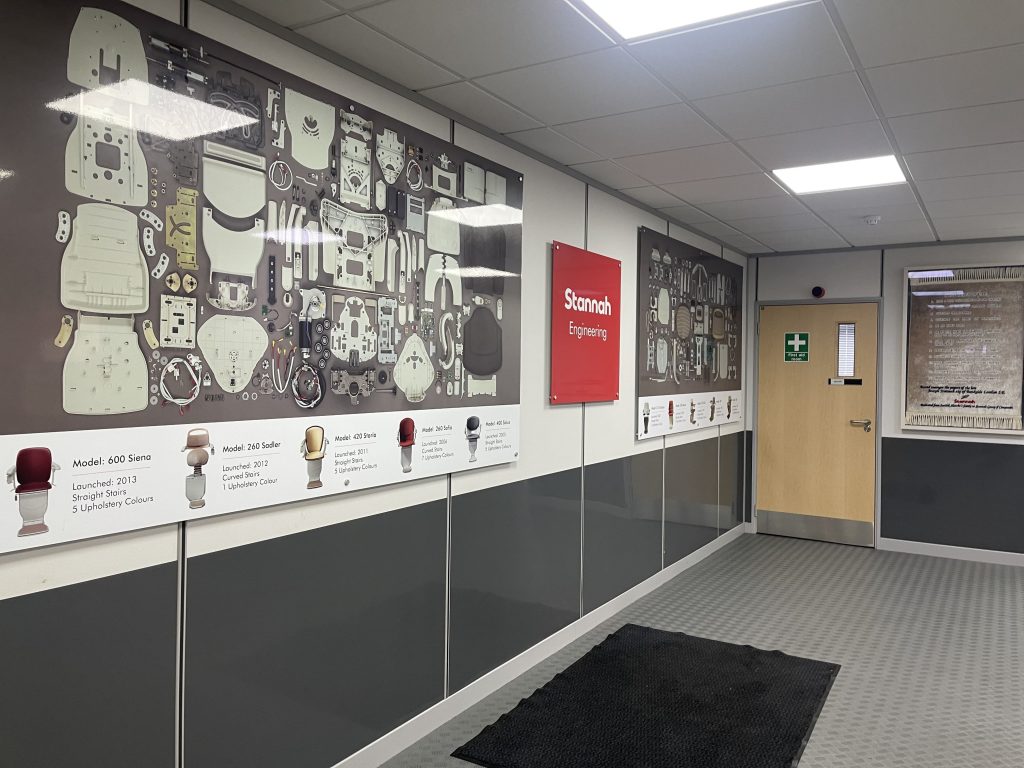
The first Uplifts homelift left Stannah’s factory in Andover, U.K., in September 2024, and, so far, the demand has met — and exceeded — expectations, specifically in the U.S. and seven countries in Europe. Sam said the business unit has already outgrown its factory with plans to move into a dedicated facility for Uplifts in Andover by the end of 2026 with more space for access to automation and robotics. To help streamline processes, in June Sam Stannah implemented a digital manufacturing process system to help the Uplifts team with discipline and organization:
“We’re at this stage where it just takes monumental effort to continue. Some people will say we’re trying to grow too quickly, but we know we can grow this fast. We see the demand. We can see the waves of orders that are waiting to be taken. The plan is to keep pushing on from a growth perspective.”
For Uplifts, “the single biggest opportunity for this business is the North American market,” according to Sam. The team is working to pass U.S. certifications, with a plan to host a launch party at the National Association of Elevator Contractors Convention this month in Houston. He said:
“We have a lot of really strong partners that we’ve been working with on the stairlift side for many years that want to sell the product and who are kind of pleased that Stannah is bringing something new to the market in a new product category.”
For Sam, Uplifts has great potential to be a major part of Stannah’s business in the future. He’d like to see the product be 30-40% of Stannah’s company growth over the next five years, and with the numbers produced in the first nine or so months, “it’s projected to be the second-highest manufactured product in Stannah’s history” behind the stairlift, he said, adding:
“We think this could be really big for us. If the market continues to go the way it’s going, this could easily be as big as the stairlift market in probably 10, 15 years’ time. So there’s a lot priority for the group to make the homelift business a success, which is exciting.”
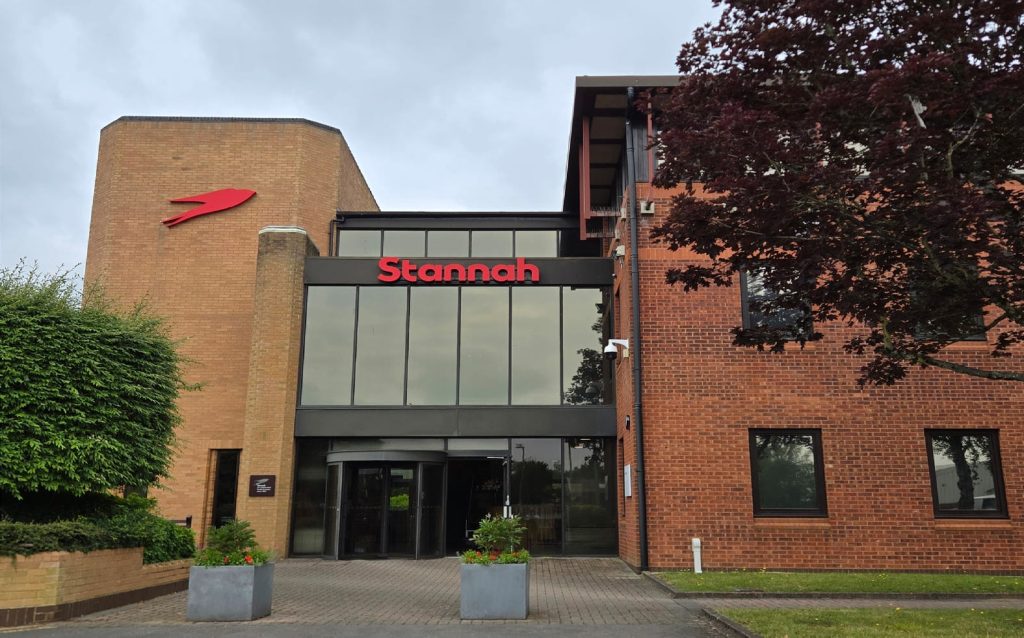
The Uplifts homelifts are the first new product category that Stannah has released across all its markets since the 1970s. To help drive a “start up within” mentality, Uplifts has its own line of business under the Stannah brand, which has approximately 85 employees. The other two business lines are Home Accessibility, which manufactures stairlifts and is Stannah’s largest business unit; and Lift Distribution and Service (LD&S), also known as Stannah Lift Services.
Alastair Stannah oversees LD&S, which covers the installation of commercial lifts and the maintenance and repair of lifts, escalators and stairlifts across the U.K. Stannah Lifts is the oldest company legacy and has the largest service portfolio of units — just shy of 100,000 lifts and stairlifts — as the largest independent lift company in the U.K.
This unit, Stannah Lifts, has approximately 700 employees and is based in Andover with 11 service branches across the U.K. This division also installs and services a wide range of elevators including servicing every lift and escalator in Network Rail train stations across the U.K. This was part of a retender Stannah did for Network Rail in 2024, and now, Stannah maintains approximately 1,800 units for the transportation company.
We think this could be really big for us. If the market continues to go the way it’s going, this could easily be as big as the stairlift market in probably 10, 15 years’ time.
– Sam Stannah
Looking to the Future
As Stannah continues to grow and evolve, the company is in year two or three of an expected five-to-10-year digital transformation project. This “Project Unity” is expected to completely transform the way Stannah runs its business by bringing together outdated systems and collating fragmented data.
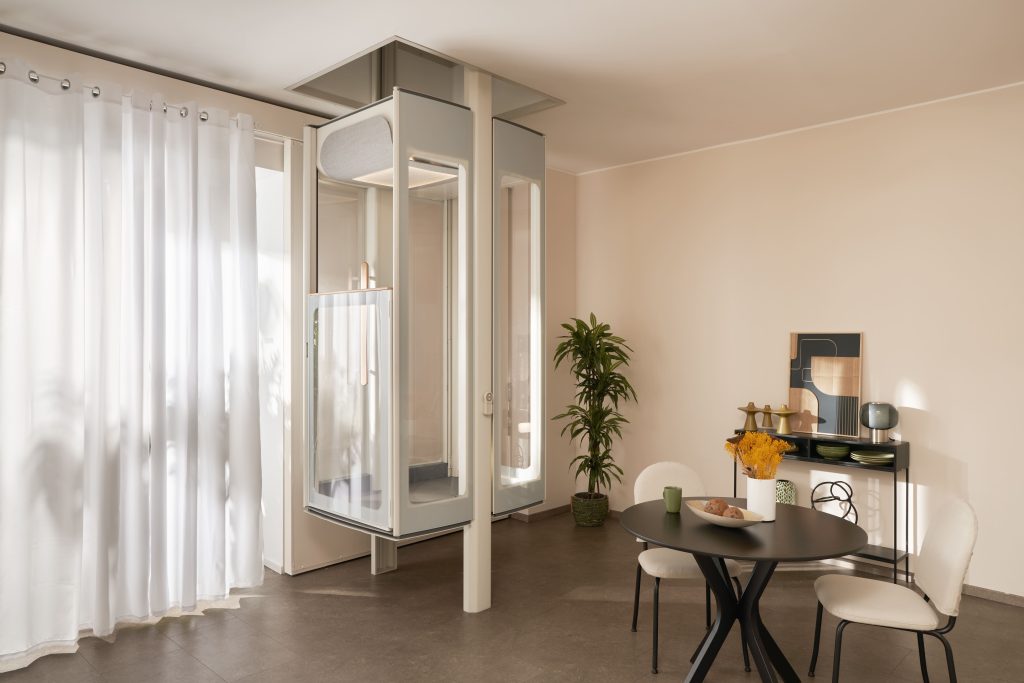
Alastair and Sam both explained their roles in the family-owned business as being custodians rather than owners, keeping everything successfully moving forward for the next generation. Alastair said:
“We want a thriving, successful business in the long term. We like to think of ourselves as an honest and ethical business. We’ve got a good reputation, and we want to maintain that good reputation and be recognized as a leader in our industry, as a company that people want to do business with because they trust us, and they recognize that we’re going to do a good job for them. If we can keep doing those things, we can effectively, gradually, over the years, hand the business on to the next generation and allow them to take it forward.”
As a sixth-generation player, Sam hopes that, either with Uplifts — or something else — he can leave his mark on the business’ continued success:
“What I would like to see is that when I look back at the history of what the company is and has been, that I’ve made a really big impact, and that there’s a part of it that I can say was my real kind of contribution, not just sort of working up through the company into a management position and growing the business, but starting something new, starting a new chapter in the history of the business.”
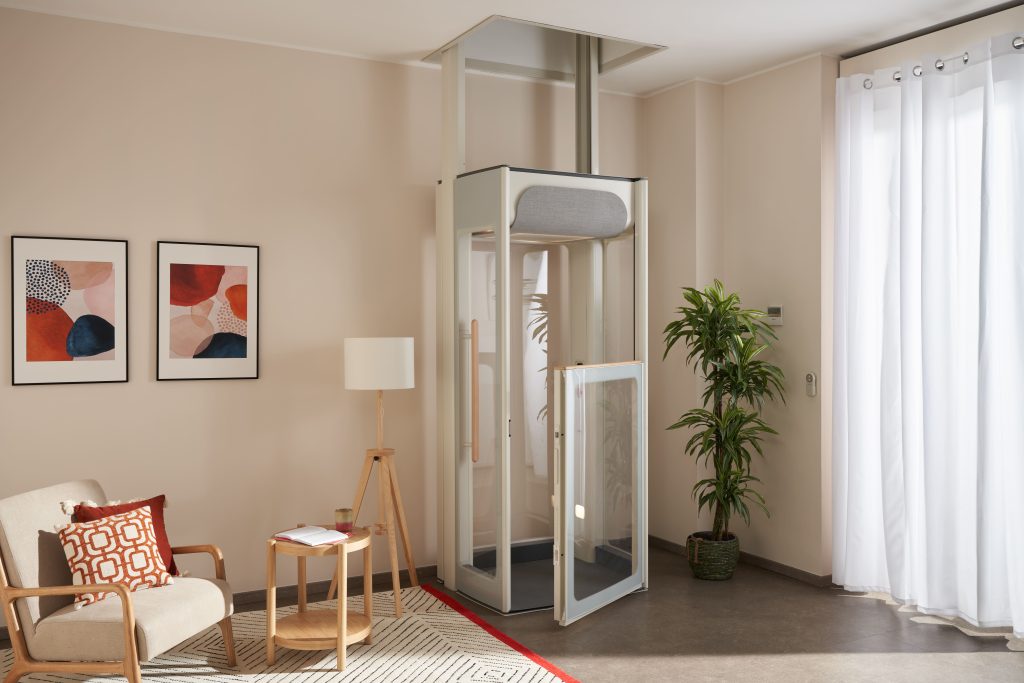
Alastair looks at the addition of Uplifts in this way:
“In the past, we’ve talked about our business being a table with many legs — the legs being different parts of the business — and a good solid table has got many legs holding it up, so he’s hopefully adding a good chunky leg to the table. That’s the sort of thing we need to keep doing.”
And with Sam as the oldest in the sixth generation making waves, who knows how many “chunky legs” this generation — and so on into the next — can add.
Get more of Elevator World. Sign up for our free e-newsletter.






